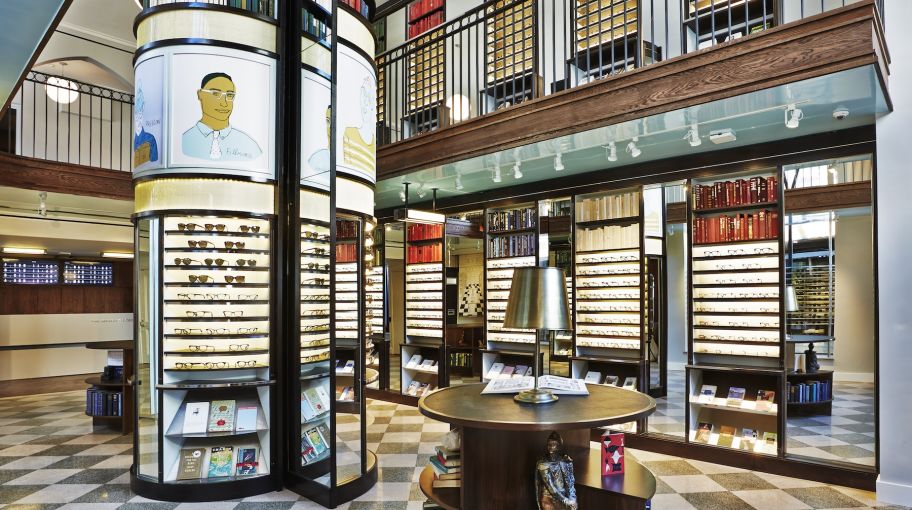Franchising, retail, business

30/09/2015
In a multi-channel world, where barriers to entry are falling, online fashion brands and retailers need a network of brick-and-mortar stores to fuel growth, argues Qasim Mohammad.
TORONTO, Canada — The Internet is not the final frontier in retail. In recent years, major innovations and infrastructural advances in e-commerce have lowered barriers to entry in online fashion, allowing a flood of new competitors to challenge existing e-tailers, limiting their growth potential. In response, an increasing number of online fashion brands and retailers — from Warby Parker to Rent The Runway — are pursuing the opportunity offline, where the overall market is much larger, building a network of brick-and-mortar stores in an effort to fuel growth.
According to a recent report released by the US Department of Commerce, total retail sales in the country during the second quarter of 2015 were $1.2 trillion, of which online sales made up only $83.9 billion or about seven percent. And while e-commerce in the US has been growing at the speedy clip of about 14.7 percent over the last five quarters, a new study by PwC notes that 86 percent of consumers the world over shop across more than one channel, with 25 percent engaging with four or more channels, a number that is likely to rise.
So how can ‘pure play’ e-tailers launch a successful physical store presence? There are three critical factors: location, a single source of truth for data on merchandise and customers, and a compelling in-store experience.
With respect to location, finding the best brick-and-mortar space depends on both access to capital and connections to commercial property developers and managers. For larger, well capitalised e-tailers, it is possible to open in the world’s best retail destinations, frequented by consumers with high purchasing power, provided their brand fits into the leasing strategies of property managers. But for smaller e-tailers with fewer resources, getting into a high traffic, world-class commercial retail space is not easy. Fortunately, the advent of pop-up shops has made it possible for these businesses to access and experiment with brick-and-mortar locations, while meeting their lower operating expenditure thresholds. Online marketplaces like Storefront are making it easier to find commercial pop-up retail inventory anywhere using a discovery model similar to that of Airbnb.
In addition to location, a successful brick-and-mortar strategy relies on a single source of truth for both merchandise and customer data. From keeping track of inventory and shipments to managing customer interactions, an accurate record of all activity across all channels is critical. For example, a recent study by PwC reveals that 88 percent of US shoppers today conduct research online prior to visiting a physical store location. Tracking online customer search data can help e-tailers immensely with store-level inventory planning and retargeted offline marketing efforts.
Fortunately, e-tailers are ahead of the game, given their digital-first approach to tracking inventory and customer information. They are tightly integrated with robust product data management (PDM), product information management (PIM) and customer relationship management (CRM) systems in the back-end. For tracking customer behaviour in-store, new advancements in Wi-Fi, iBeacon and radio-frequency identification (RFID) technology offer compelling opportunities.
In terms of the store itself, any e-tailer opening a physical space needs to create a shopping experience that engages both customers and sales associates alike. Retailers can equip sales associates with software like Tulip Retail to drive sales, install hardware like CloudTags to allow consumers to interact with merchandise (while simultaneously enabling retailers to study their buying habits), or integrate with mobile applications like Curbside to let customers find, purchase and pick up products at a nearby store. Powerful digital payment platforms, like Shopify and LightSpeed, can also help to streamline the customer checkout journey while reducing operational costs.
By:http://www.businessoffashion.com/articles/opinion/op-ed-why-e-tailers-need-brick-and-mortar-stores